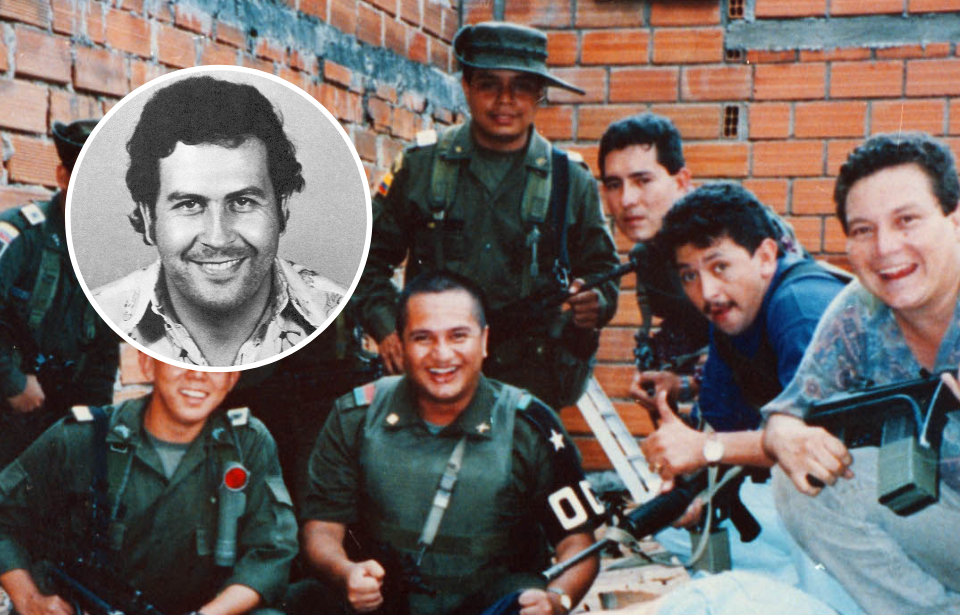News of Pablo Escobar’s death spread across the world in December 1993. For years, Escobar had amassed many enemies who wanted to bring his drug cartel to an end. These included Colombian police, a rival cartel, and, as some speculate, members of the US government. When his demise finally came following a shoot-out, the official report stated it was caused by the Colombian police. However, theories have been circulating ever since about who was truly responsible for Pablo Escobar’s death.
The Colombian government was after Escobar
Escobar was the wealthiest drug lord in history. His Medellin Cartel shipped out tons of cocaine to the US and Europe, and he became the richest person in the world. Rival cartels were relentless, and their bloody public battles led to Colombia being nicknamed the “murder capital of the world.”
For more than five years, the Medellin Cartel was at war with the government, resulting in the death of thousands of people – possibly even up to 50,000. This included journalists, leftist leaders, justice ministers, and four presidential candidates. Escobar was also wanted for orchestrating the mid-air bombing of a Colombian jetliner that resulted in the deaths of 110 people in 1989, including two US citizens.
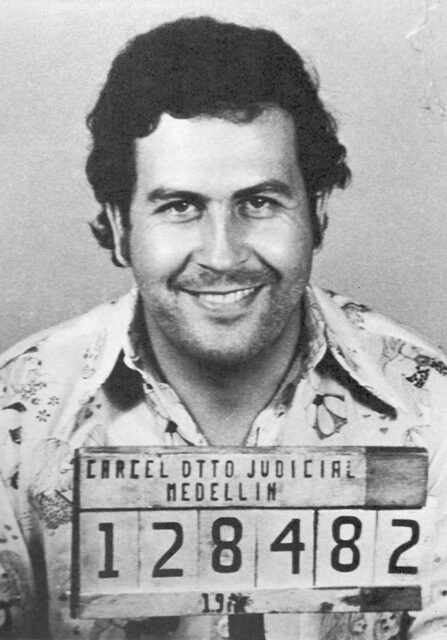
In June 1991, Escobar turned himself in to the authorities under a plea bargain intended to end the war between his cartel and the Colombian government. He was detained and sent to the luxury prison La Catedral, which he had designed himself. It had a soccer field and a gym, and he had hand-picked the guards. At the luxury “prison,” Escobar was allowed to use a cell phone and a computer, giving him the ability to continue to run his drug business.
In July 1992, Colombian authorities attempted to transport Escobar to a regular prison after he killed two cartel members. He was able to escape and went on the run for 16 months. Escobar was able to evade the many, many people searching for him.
The Search Bloc claimed responsibility for Pablo Escobar’s death
One of the organizations out for Escobar was the Search Bloc, a special police unit created in 1986 by the then-President of Colombia, Virgilio Barco. The unit was tasked specifically with locating Escobar and his cartel.
The Search Bloc received help from multiple US agencies, including US Army intelligence, special forces, CIA agents, and DEA agents. They honed in on and searched many of Escobar’s properties, but he was always able to escape their grasp.
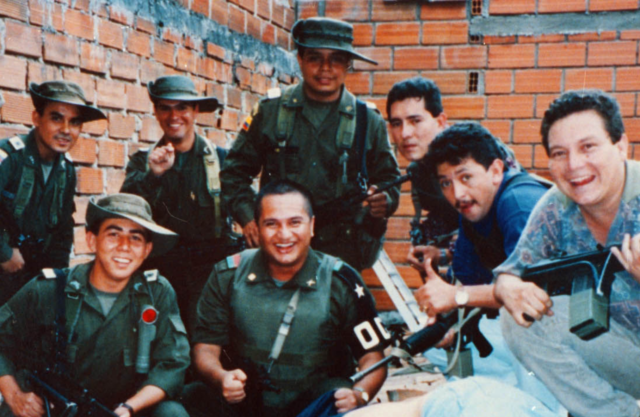
However, on December 2, 1993, just a day after his 44th birthday, Escobar’s hideout was located by the Search Bloc in the Los Olivos neighborhood. They had intercepted a phone call he had made to his son. As members of the Search Bloc surrounded the home, Escobar tried to escape.
Escobar and one of his bodyguards attempted to crawl out of the back window of the home and make a run for it across the rooftop. “I was working when I heard some shouting in the street,” an unnamed witness said of the ordeal. “And I realized that a fat man without a shirt was walking on the roof of the house opposite.”
“At that moment, the man jumped toward another roof of the house and you could hear an amazing shootout,” he continued. As Escobar and his bodyguard resisted arrest, an intense battle involving gunfire quickly took place. Up on that roof, both men were slain.
Escobar was hit in his torso and feet, but it was the bullet that struck his right ear that killed him instantly. The Search Bloc took responsibility for Pablo Escobar’s death, capturing the moment in a now-famous photo that shows several officers posing with Escobar’s limp body.
However, there are some people who believe that someone else may have been responsible for Pablo Escobar’s death.
Could it have been the rival gang Los Pepes?
While Escobar and his cartel were at war with the Colombian government, they had also created enemies from other places. Comprised largely of rival drug traffickers and paramilitary forces, an organization called People Persecuted by Pablo Escobar, or Los Pepes, was formed in 1993, engaging the Medellin cartel in small-scale war.
Mark Bowden, author of Killing Pablo, wrote that the Los Pepes were “some extralegal muscle … who didn’t mind crossing the lines of legality and morality that Pablo so blithely ignored.” It is most likely that funding for the organization came from the Medellin cartel’s rival, the Cali cartel, and the Los Pepes were happy to accept and work with information provided by them as well.
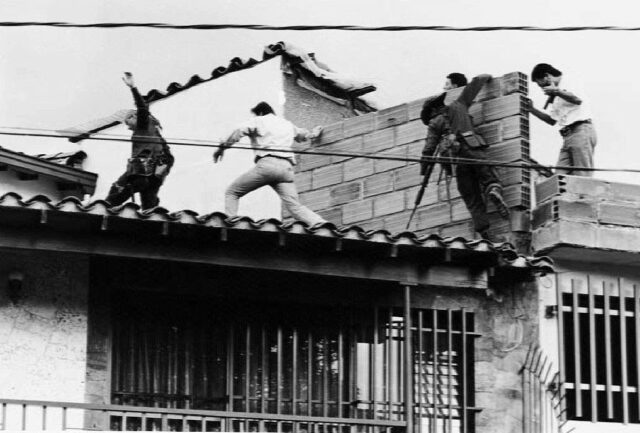
Near the time of Pablo Escobar’s death, there was no shortage of violence between Los Pepes and the Medellin cartel. In early 1993, there were up to six killings per day. Several buildings were destroyed, and bombings became frequent in urban neighborhoods as the two rivals attacked each other.
The central figure of the Los Pepes, Don Berna, said that at the time of Pablo Escobar’s death, members of the Los Pepes were also present among the Search Bloc officers. Berna said that it was his brother, Rodolfo, who was responsible for landing the final bullet that killed Escobar.
Although his claim has never been officially confirmed, there was a confession made by a former paramilitary member that supported Berna’s belief. “It was an agreement that they had because Escobar was a common enemy,” the paramilitary member said.
However, the co-founder of Los Pepes, Fidel Castaño, denied that those in the organization were involved in Escobar’s death. In his statement, he said that the police were responsible for killing the drug lord.
Did Pablo Escobar cause his own death?
Another person who has been considered as a suspect in the death of Pablo Escobar is Escobar himself. His son, Juan Pablo Escobar Henao (now known as Sebastián Marroquín) has no doubt that his father died by his own hand. According to Marroquín, Escobar used to tell him often that he would rather shoot himself in the right ear than be captured alive.
Marroquín is not the only one who believes this outcome. Other members of the Escobar family also agree that he likely took himself out on his own terms. Evidence they offer includes his Sig Sauer pistol laying next to his body on the roof where he was shot. They say he used this to shoot himself.
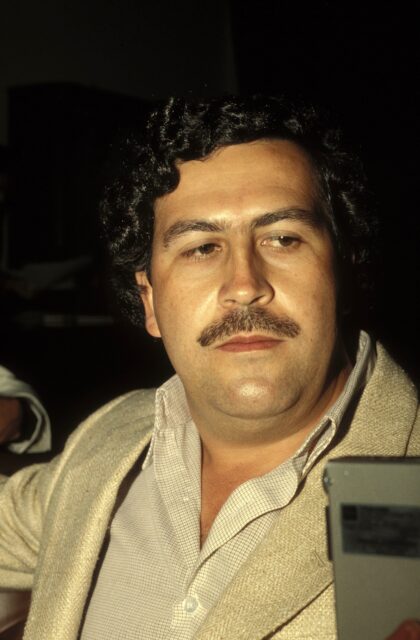
Additionally, Escobar’s mother and widow ordered an exhumation of his body in 2006. They say that during the examination, it was determined that the nature of the wound in Escobar’s head indicated that he had inflicted the shot.
However, some are skeptical of this theory. Many believe that if Escobar did shoot himself with his own pistol, there would have been gunpowder marks left on his face. Autopsy photos show no visible sign of gunpowder marks on his skin.
More from us: Hacienda Napoles – The Luxury Estate of Pablo Escobar Is Now a Public Theme Park
Whoever was truly responsible for Pablo Escobar’s death may never be realized or confirmed.
